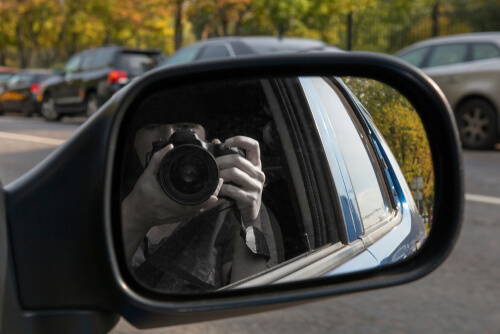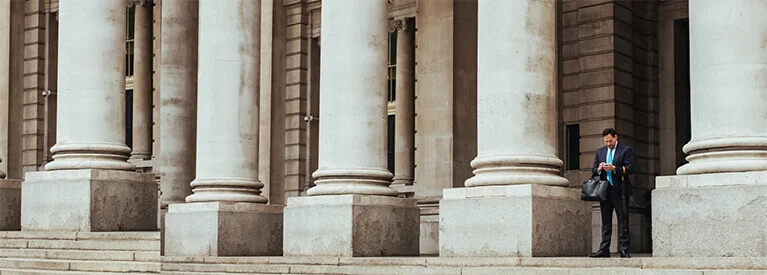In my lengthy time as a plaintiffs’ personal injury lawyer I have viewed many hours of surveillance footage of my clients taken by investigators on instructions from insurance companies. In all that time I have rarely seen surveillance footage which has negatively impacted on my clients’ credibility.
My advice to clients is always the same, “Do not worry about being followed and filmed unless you have something to hide.”
I tell my clients that if they tell the truth to doctors, medico-legal experts and to me any surveillance taken of them would be pointless. In fact, surveillance might actually strengthen their cases because it may confirm the restrictions from the injuries.
Of course, there will always be some accident victims who will seek to recover higher compensation by exaggerating the impact the injuries have had on their ability to work and to function generally. These people are easily caught out as surveillance techniques are now becoming increasingly sophisticated. Previously, investigators parked their vans close to the accident victim’s home and then followed the accident victim when he or she left the house to try and catch them doing something that they had told doctors and others that they are unable to do because of injuries. One of the favourite techniques was to follow an injured person to and from medico-legal appointments hoping to catch them behaving differently when being assessed by the medico-legal doctors.
These days investigators who film their quarry can remain hidden in plain sight by carrying a camera in a briefcase or even on their person. This gives them the capacity to follow their unsuspecting victims along supermarket aisles, in gymnasiums, at clubs, at sports grounds etc.
Investigators also utilise social media to try and catch out claimants who are exaggerating the consequences of their injuries. Insurers are known to view a person’s Facebook to see if there are any posts showing the person doing things which they have denied being able to do, or which are inconsistent with their complaints.
In the early days a person could be ambushed in court by being asked questions by the defendant’s counsel about what they might have done on a particular day. If they answered falsely the defendant’s counsel called a halt to the questioning and asked that the judge and others in the courtroom watch film of the plaintiff doing the very thing which, only moments earlier, the plaintiff had denied doing. My clearest recollection of this happening to one of my clients is when, under cross-examination, my client denied that he was able to play tennis or to row a boat, because of his injuries. The defendant’s counsel called a halt to the proceedings. The surveillance film was shown in court. This showed the plaintiff not only playing tennis but jumping over the net at the end of the game and then running home. Another passage of the surveillance film showed him rowing a boat to the shore and then lifting the boat above his head and placing it on the top of his car. His case did not end well.
Generally however, I find surveillance footage to be ineffective as it doesn’t show a claimant taking painkilling medication before or after the activity or the claimant staying home in bed for several days after the activity eg after mowing the lawn.
Insurers are now very limited in their ability to ambush claimants with surveillance footage. Most motor vehicle (CTP) claims are now decided by the Claims Assessment Resolution Service (CARS). Under the CARS Guidelines any surveillance footage must be disclosed not only to the claimant’s solicitor but also to the Assessor many weeks before the hearing. There can be no ambush at the assessment conference. This of course removes the forensic advantage that insurers previously had by ambushing the injured person in cross-examination.
In a nutshell, surveillance footage will not harm honest claimants.
If you or anyone you know has been injured in an accident, you may be entitled to compensation. For more information, and to arrange a free, no-obligation assessment of your claim, please call Stacks Goudkamp on 1800 251 800, or alternatively make an online enquiry.
Written by Tom Goudkamp OAM
Tom Goudkamp OAM is the Managing Director of Stacks Goudkamp. He has over 40 years of experience of successfully bringing compensation claims for people injured in motor vehicle accidents.



